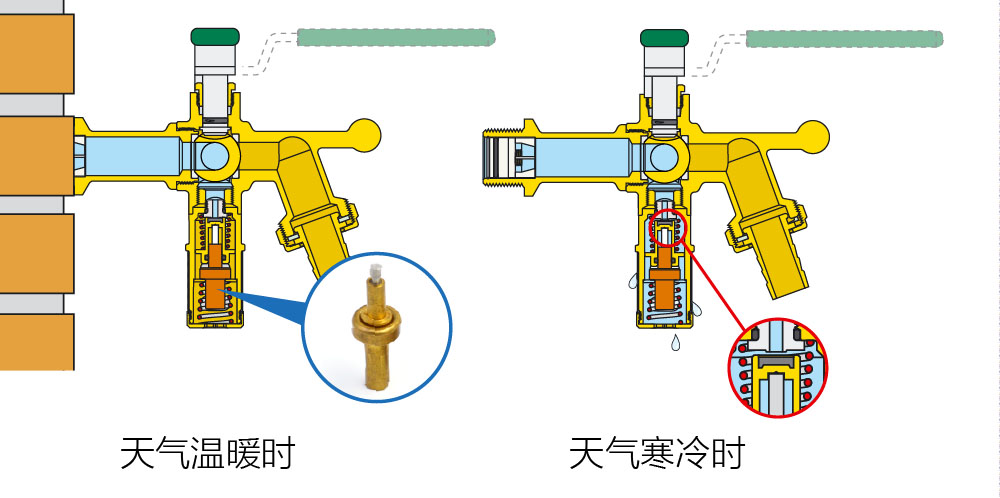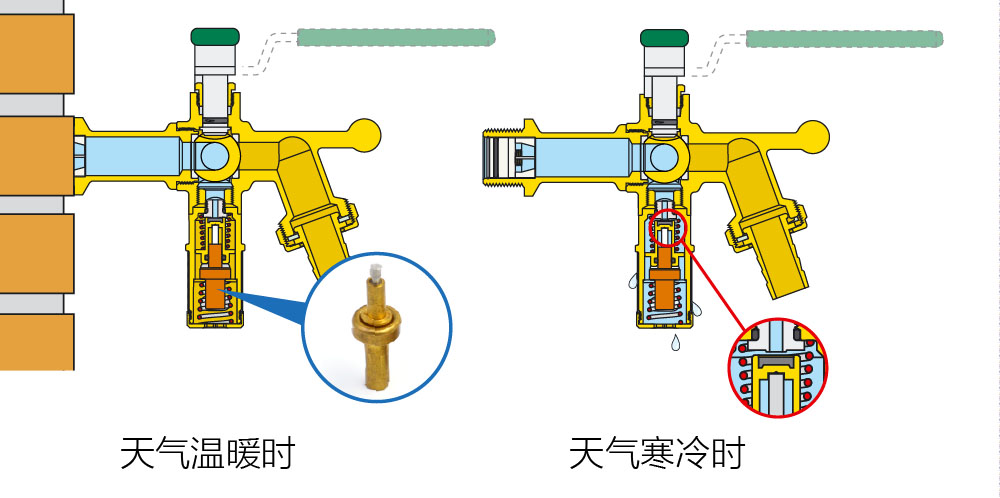In order to cooperate with the project-based teaching of Programmable Controller Application Technology, the project-based teaching material is developed according to the principle of “project guidance and task-driven”.
The idea and practice process of the development of the teaching material are introduced. The modular structure of the teaching material “project, task”, as well as “task analysis, relevant knowledge and task reality” are given in detail. Implementation, knowledge development, thinking and practice “content organization form”. Programmable Controller (PLC) is abbreviated as PLC. Application Technology of Programmable Controller (PLC) is the core course of electromechanical and electrical automation specialty. This course has the characteristics of strong theory and practice, close connection with production practice, wide coverage of knowledge (including motor, hydraulic pneumatic components, sensors, etc.). Unit). In order to cultivate high-tech skilled talents in Higher Vocational colleges, project-oriented and task-driven teaching has been widely adopted for courses like PLC. In order to better carry out the project-based teaching of the course “Programmable Controller Application Technology” and improve the quality of teaching, it is necessary to compile project-based teaching materials.
Project-based teaching is guided by project tasks. First, teachers put forward work tasks, explain the knowledge and skills needed, then students take group as learning unit to study, practice and operate independently to complete work tasks, and finally organize assessment according to the completion situation. Students accomplish the improvement of knowledge, ability and quality in task practice. In teaching activities, students are the main body to complete tasks, and teachers play the role of guidance and help. During this period, the project-based teaching material should be a typical “integration of theory and practice” teaching material, which integrates teaching, learning and doing. To a large extent, it affects the effect of the implementation of project-based teaching method and the quality of teaching.

The content selection of project-based textbooks should be consistent with job requirements. Based on professional competence, the selected items should come from professional post activities and actual work processes. They have certain practical value. They are selected and selected engineering projects and should be able to meet the requirements of relevant knowledge, abilities and qualities of professional posts. To achieve the goal of vocational ability training.
Project textbooks are generally arranged according to projects, and each project may include several sub-projects. In content arrangement, project or work tasks are all based on the work process, organizing appropriate knowledge points into project tasks; according to the law of students’professional growth and learning, from shallow to deep, step by step, paying attention to the respective levels of project, work task and knowledge points, and taking into account the relationship among them. Project textbooks should be student-centered, designed and compiled to serve the purpose of students’career development, which is conducive to students’ self-study, practice and further improvement. Before the development of project-based teaching materials, the teaching materials development group is composed of double-qualified teachers, enterprises and industry-related personnel. Through in-depth enterprise research, the vocational ability of technical posts involving programmable controllers in higher vocational colleges is analyzed, the project module of curriculum is designed, and curriculum standards are formulated. Then, thermostatic element according to the analysis of professional activities, combining the characteristics of local enterprises and the hardware equipment of the college, and taking the project task as the carrier, the content system of the textbook is reconstructed. The core of the textbook is “Programmable Controller Application Technology”. The basic knowledge and skills of PLC application technology are project-oriented and task-oriented. Six projects are selected and 26 tasks are internalized, as shown in Table 1. Item 1 is the introduction. Through the common staircase lamp PLC control project in daily life, this paper introduces the basic working principle and use of PLC. It mainly lets students have intuitive understanding and stimulates their enthusiasm and interest in learning.
Through project 2, motor PLC control, project 3, LED digital display and signal lamp PLC control, it introduces PLC programming elements and instruction system. To learn the basic application of PLC; Project 4, PLC control of mechanical and electrical equipment, covers hydraulic pneumatic technology, sensor technology, motor driving technology related to PLC, and achieves the engineering application of PLC; Project 5, on the basis of Project 4, adds advanced knowledge and skills in current industries and enterprises – the integrated application of PLC, frequency converter and touch screen (its). Some enterprise engineers participate in the compilation of the enterprise example “PLC control of plastic sheet coiler based on touch screen and frequency converter”, to achieve the advanced application of PLC; Project 6 through the national (provincial) vocational college skills competition project – “installation and commissioning of automatic production line” and Mechatronics flexible system, introduces PLC communication and network control, to meet the PL.
Comprehensive application of C. The content is ordered from simplicity to complexity, from singleness to synthesis, and the tasks of each project are connected and improved with knowledge and skills, thus forming a scientific teaching module system. Each task is compiled according to “action-oriented teaching mode”, and through “task analysis, related knowledge, task implementation, knowledge expansion, thinking and practice”, students can learn and master the knowledge and related skills of PLC application technology, and provide students with reference examples to solve practical problems. Task analysis: This part carries on the concrete analysis to a certain task, including the implementation method and the step, guides the student to think positively, and prompts the hardware and peripheral equipment needed to complete the task, etc. Relevant knowledge: This part closely around the work task and provide the necessary theoretical and technical knowledge, with sufficient theory and practical skills as the principle, to guide and ensure the smooth implementation of the task. Task implementation: This part is to form the implementation plan and concrete operation steps of the work task, and put forward the operation matters needing attention, in order to help students grasp the necessary operation norms and typical practice rules.
Knowledge expansion: Because the knowledge involved in each specific task often has certain limitations, the knowledge gained in the process of task operation will be one-sided and lack of breadth and depth. The part of knowledge expansion integrates relevant or parallel knowledge content and plays an extension role, making this part of knowledge relatively complete and comprehensive. Thinking and Practice: This part is used to consolidate theoretical knowledge and practical skills development training. The content can be derived from vocational skills appraisal examination questions, difficult work tasks or skills contest sub-projects, which can highlight the innovative practical characteristics of tasks. The content system of project textbooks, which is guided by work tasks, enables students to learn knowledge, train skills and cultivate professional competence in the process of work tasks practice. The selected items in the textbook cover a wide range of fields and have strong practicability. Combining with the project tasks and focusing on the application of PLC, this paper also introduces the specific application of peripheral equipment commonly used by PLC, such as stepping motor, hydraulic pneumatic, sensor, frequency converter, touch screen, etc. It provides students with reference examples to solve practical problems.

The textbook is compiled according to the National Professional Qualification Programmable Control System Designer (Level 4, Level 3) assessment criteria to select projects, design work tasks and thinking questions, and establish the quality assessment mechanism for the ultimate teaching goal of national vocational qualification standard certification. In addition to text textbooks, multimedia courseware is developed, as well as learning aid courseware, simulation software, self-learning material library, teaching video and other website resources sharing learning platform, forming a three-dimensional textbook structure. School-enterprise cooperation to complete the development of “Programmable Controller Applied Technology” project teaching materials, teachers’own professional knowledge, skills and engineering application ability have been improved, while higher vocational education teaching reform ability has also been synchronously improved. The textbook has been officially published and has been used in our college for two years. It has received unanimous praise from teachers and students. Students’feedback, concise and practical textbooks, easy to understand; teachers carry out project teaching more targeted, convenient and practical than before, teaching activities more smoothly, classroom efficiency significantly improved, the same classroom time, the number and quality of students completed significantly improved. More importantly, it can substantially exercise students’PLC post skills and application ability, and lay a solid foundation for students to go to work.
